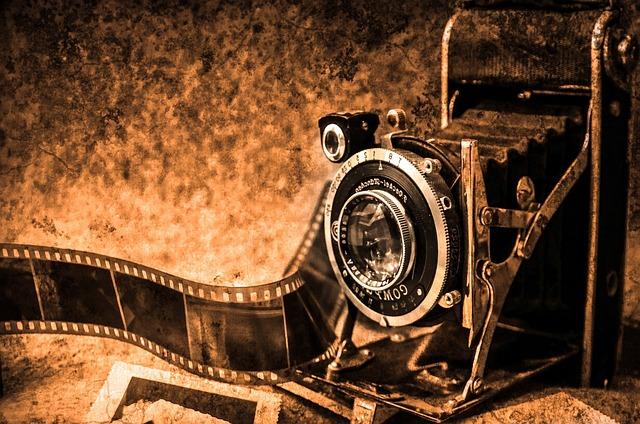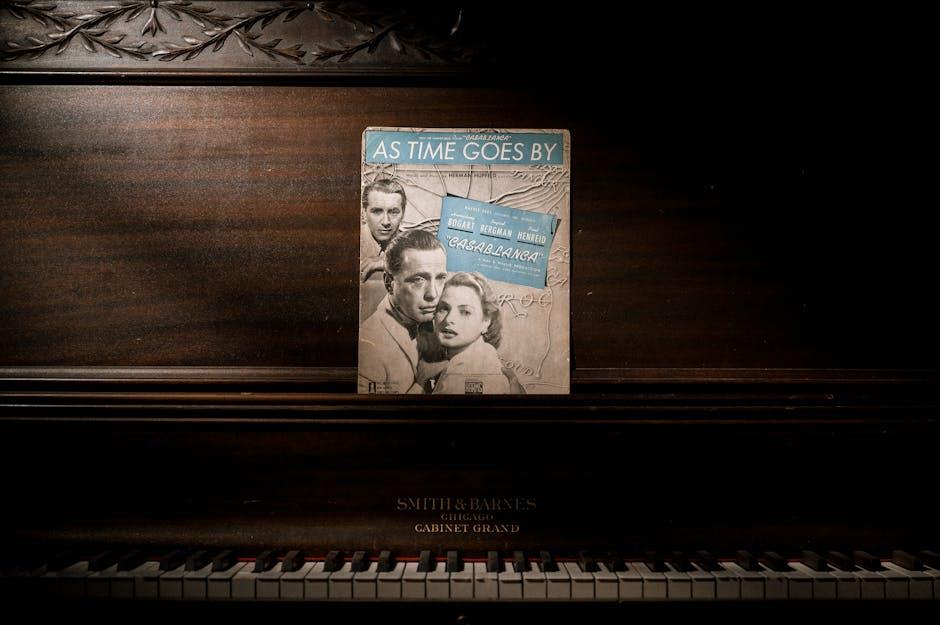In the dim glow of a theater, as the opening credits roll and the first notes of a film’s score begin to play, an invisible dance between sight and sound unfolds. This intricate ballet is the result of a profound collaboration between film composers and directors, two visionaries united by a singular purpose: to enhance storytelling through music. While the director paints with visuals, the composer weaves a tapestry of emotion, guiding audiences through the narrative’s peaks and valleys. Together, they craft an auditory landscape that transcends dialogue, transforming scenes into unforgettable cinematic experiences. In this exploration, we delve into the symbiotic relationship between these creative forces, uncovering the alchemy that elevates a film from mere moving images to a resonant masterpiece.
Crafting the Sonic Narrative: The Composer-Director Synergy
The relationship between a composer and a director is a delicate dance of collaboration and creativity. This partnership often begins with a series of discussions where the director shares their vision for the film. These conversations are pivotal, as they set the foundation for the musical journey. A composer must dive deep into the director’s world, understanding the nuances of characters and the emotional arc of the story. Together, they explore themes, motifs, and the overall tone, aligning on a shared vision that will resonate with audiences.
During the filmmaking process, this synergy manifests through several key practices:
- Spotting Sessions: These are crucial meetings where the director and composer decide where music will appear in the film and discuss its desired impact.
- Iterative Feedback: The composer provides musical drafts, while the director offers feedback, ensuring the score aligns with the visual narrative.
- Emotional Mapping: They collaboratively map out the emotional highs and lows, using music to underscore the story’s emotional journey.
This harmonious interaction not only enhances the storytelling but also elevates the film into an immersive experience, where sound and vision coalesce to captivate the audience.

Translating Emotion into Sound: Techniques for Effective Collaboration
The magic of transforming raw emotion into a compelling score begins with a profound understanding between the composer and the director. This collaborative journey often starts with a detailed conversation about the film’s emotional landscape. Directors share their vision, discussing key scenes and the emotional responses they wish to evoke. From this dialogue, composers can craft soundscapes that resonate deeply with the narrative.
To achieve this, composers employ a variety of techniques:
- Motifs and Themes: Developing recurring musical themes that reflect a character’s journey or pivotal plot points.
- Instrumentation Choices: Selecting instruments that match the film’s tone, from haunting strings to triumphant brass.
- Dynamic Range: Using volume and intensity to mirror the highs and lows of the storyline.
Effective collaboration hinges on trust and communication, allowing the music to not just accompany, but to elevate the storytelling, transforming each scene into an unforgettable experience.

Navigating Creative Differences: Building a Harmonious Partnership
In the world of filmmaking, the relationship between a composer and a director can often resemble a delicate dance. It’s about finding common ground while respecting individual artistic visions. Creative differences can arise, but they don’t have to hinder the process. Instead, they can become opportunities for innovation and growth. Here are some strategies to foster a harmonious partnership:
- Open Communication: Establishing a dialogue from the outset is crucial. Regular meetings and discussions help both parties express their visions and expectations, ensuring alignment as the project progresses.
- Shared Inspiration: Discovering mutual influences or themes can create a cohesive direction. Sharing playlists, artwork, or literature can serve as a foundation for the film’s musical landscape.
- Flexibility: Both directors and composers must remain open to change. A scene might evolve during editing, and the score may need to adapt. Flexibility allows the story to unfold naturally.
By embracing these strategies, composers and directors can transform creative differences into a symphony of collaboration, enhancing the storytelling experience for audiences.
Recommendations for Seamless Integration: Enhancing Story through Music
To ensure music seamlessly enhances the narrative, composers and directors must cultivate a collaborative relationship grounded in mutual understanding and respect. Here are some key strategies:
- Early Collaboration: Engaging composers during the script development phase allows them to grasp the story’s emotional arc and thematic nuances. This early involvement fosters a cohesive vision.
- Open Communication: Directors should articulate their vision clearly, sharing references or specific emotional cues. Composers benefit from understanding the director’s intentions, ensuring the score aligns with the desired mood.
- Iterative Feedback: Regular feedback sessions help refine the score. Constructive dialogue enables composers to tweak compositions, ensuring they enhance rather than overshadow the narrative.
- Flexible Creativity: Allowing room for creative experimentation can lead to unexpected, innovative musical solutions that elevate storytelling.
By embracing these strategies, filmmakers can craft a sonic landscape that not only supports but amplifies the story, creating an immersive experience for the audience.

